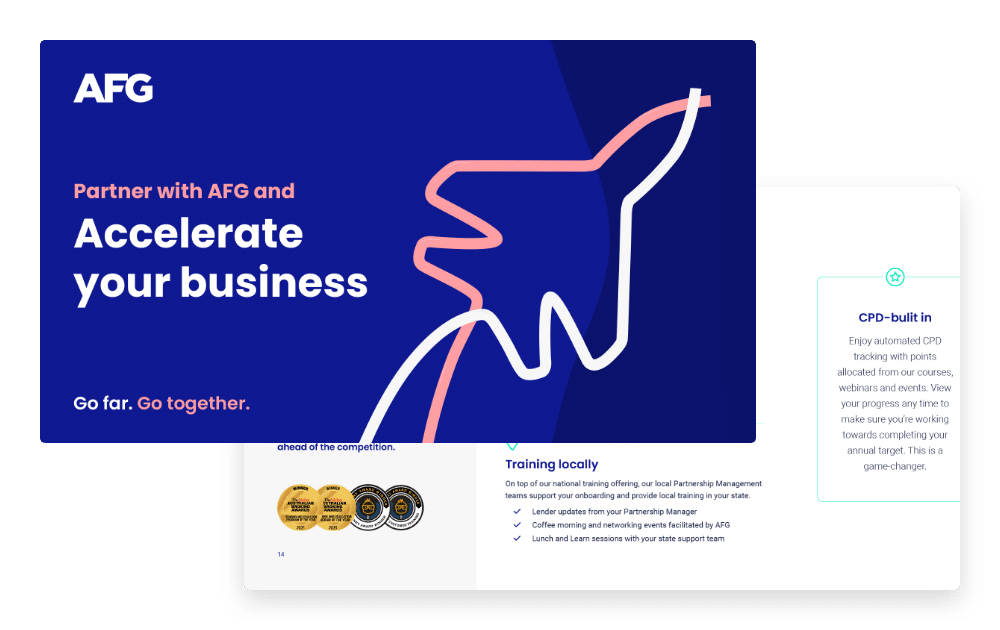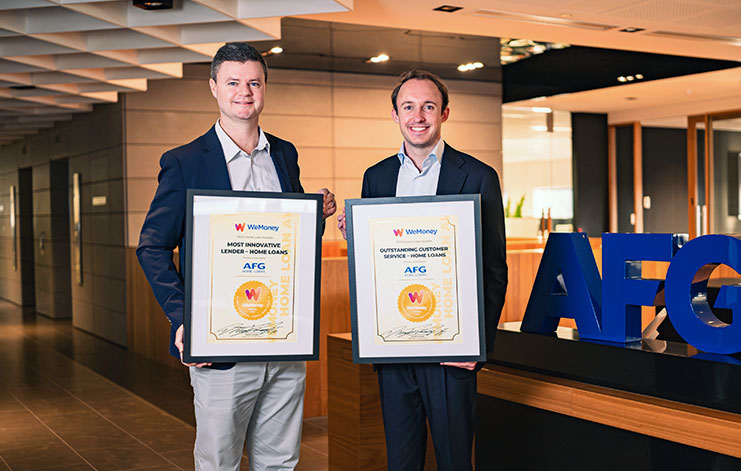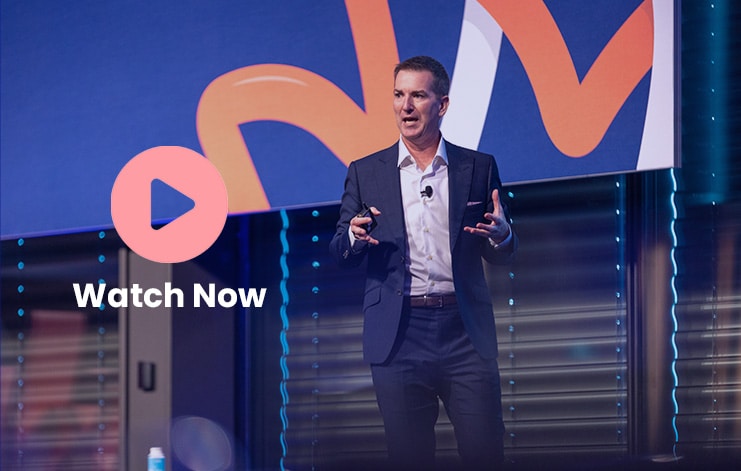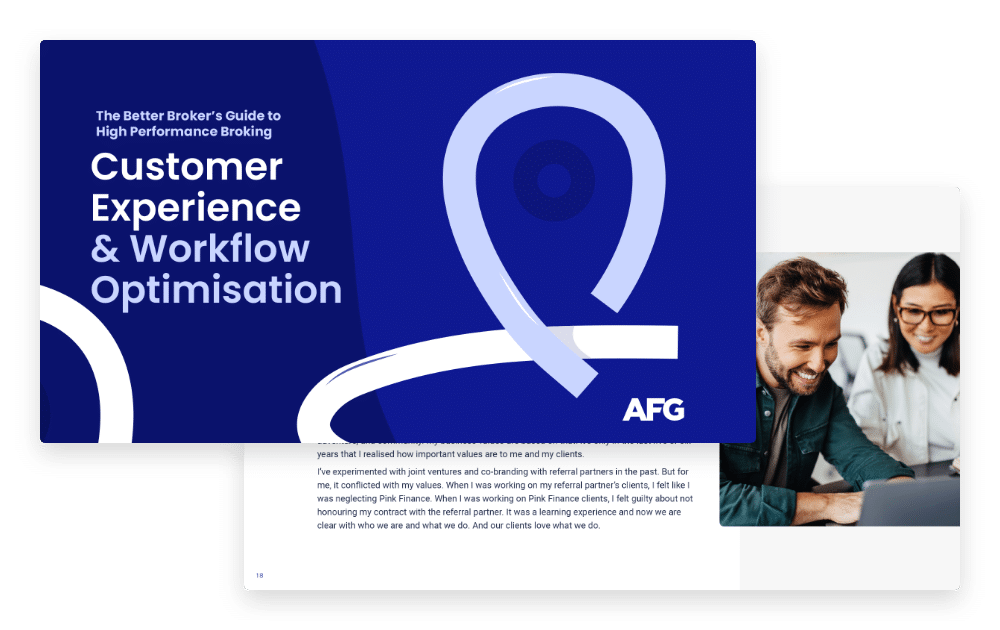We gather some tips from an expert on banishing back-to-work blues and getting your staff off to a flying start post a long break such as Christmas.
Whether it’s a few days or a few months, breaks such as Christmas can make it difficult to get back into the swing of things when staff return to work. But as a business owner or manager, how do you get your staff re-focused and engaged without coming across as a whip-cracking killjoy?
Management Consultancy International founder Denise Meyerson said it was important to remember everyone was different and while some staff would return energised and raring to go, others would be dragging their heels. The faster you got everyone back on the same page, the faster your workplace would be back in full swing.
Meyerson’s tips for banishing back-to-work blues are based on psychological research of what drives motivation in the workplace: feeling connected to and valued by colleagues, a sense of regularly making progress towards clear goals and unexpected rewards for performance. At the start of a new year, there are a few practical and simple things all managers can do to hit these triggers, Meyerson said. “It isn’t big budget, and some of it might sound trivial, but it can make a massive difference.”
The first thing Meyerson did for her staff each year was to leave a welcome back gift on every desk. It shouldn’t be expensive – perhaps just a chocolate – but it should be accompanied by a personal note, saying you look forward to a great year in 2016.
The second thing she aimed to do each year was to seek out staff members for an individual welcome back chat. “You’ve got to be a little bit careful about ‘how was your holiday’ because some people might not have had the best holiday season,” she cautioned. “But be a little accommodating of the office chit-chat, instead of just thinking that they have to sit down at their desk, turn on their email and get going.”
Getting staff to reconnect with each other on their return to work was also pivotal. “Just a little morning tea, or order in pizza for lunch – something like that to socially connect people again.” While it was, essentially, a social event, the impact these positive staff interactions could have on commitment and productivity was immense. “If you feel included, you feel more engaged and that, whether you want to or not, makes you feel happier and more motivated to work.”
And lastly, as the start of a new year was a natural time for reflection and goal-setting, it was helpful to reflect on the achievements of 2015 and focus on plans for 2016. “You can do a really nice little retrospective – this is what worked well last year, so here are our priority items for the next three months,” she said. Similarly, if the Christmas break fell in the middle of a long-term work project, a meeting to recap and acknowledge the last year’s progress, while focusing on the next steps would get staff back on task faster.
And when it came to maintaining staff motivation throughout the year, it hinged on regular social interactions – so people felt connected to their workplace – along with clear, achievable short-term work goals.
These goals do not need to be linked to pay or promotions, as the sense of having completed a task was intrinsically motivating. “The sense that they have made progress is the strongest glue you have that binds people back into a workplace.” Interestingly, for those paying the wages, money is not necessarily a long-term motivator.
As Arnold Schwarzenegger once joked: “Money doesn’t make you happy. I now have $50 million, but I was just as happy when I had $48 million.” However silly, there is a grain of truth in the quip. A 2010 study found that once you reach a certain level of income — in this case, an annual salary of US$75,000 – a higher salary did not correlate with any increase in general happiness.
Belinda’s key work motivators
- Clear expectations: when employees are set clear goals and expectations they function much more effectively. Research has shown that when staff understand what is expected of them, they are better able to operate from the prefrontal cortex area of the brain, which governs complex decision-making and moderates social behaviour. Without clear expectations, the limbic system — which operates on instinct and emotion (such as fear or anger) — takes over.
- A sense of belonging and connection: fostering respectful social interactions and a sense of camaraderie makes staff feel engaged and committed. When a team environment is not inclusive, or there is open disharmony, performance – and therefore profit – drops.
- Unexpected rewards: surprise rewards, no matter how large or small, are particularly gratifying and motivating for staff. Make sure you take the time to celebrate successes. Gratitude can go a long way to keeping staff engaged and motivated, particularly in repetitive jobs without clear career paths. They should always be linked to performance so they feel earned. Employers should aim to under-promise and over-deliver. Doing the opposite can sap morale and motivation.
Courtesy Belinda Brosnan, HR Junction









